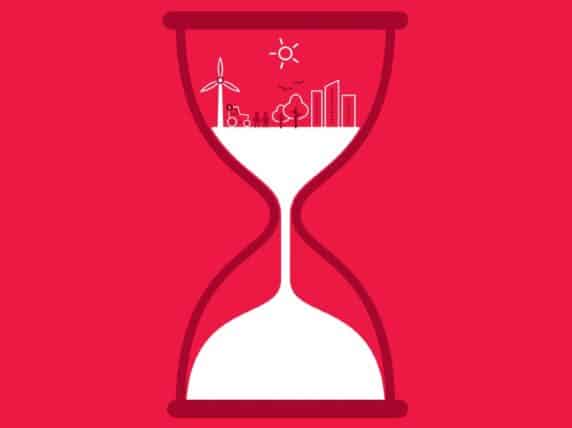Harnessing impact investment for social change
Globally, over $230 billion is invested by fund managers in impact investments, and more than half of that is invested in emerging markets [PDF].
For the development sector, accessing this market could potentially unlock billions of dollars in capital and expertise to drive outcomes for some of the world’s poorest people.
Social impact investors are looking to make a real difference. This is where impact investments come in: investors accept lower financial returns for riskier, “innovative” projects with the potential to catalyse major change.
Impact investors are increasingly taking an interest in how their investments help achieve the Sustainable Development Goals (SDGs). Yet so far only a handful of sectors are seeing big benefits, with housing, finance and energy accounting for more than half of all investments in 2015. Health (6%), education (4%) and water sanitation and hygiene (WASH) (1%) received a very small proportion. So what’s holding these areas back?
Balancing financial returns and social outcomes
Impact investment only works if investors can find opportunities that provide both sustainable financial returns and measurable social outcomes. For The Fred Hollows Foundation, an Australian-based international NGO with ambitions to end avoidable blindness, this is good news.
Eye health has easily-measurable social outcomes, and there are clear examples where these outcomes can be delivered in financially-sustainable ways. Social enterprise eye hospitals, such as Aravind in India, deliver high-quality, low-cost eye care, offering free eye care to poor patients by charging wealthier patients a little more. Our goal is to accelerate these models and take them to scale.
Subscribe to our newsletter
Our weekly email newsletter, Network News, is an indispensable weekly digest of the latest updates on funding, jobs, resources, news and learning opportunities in the international development sector.
Get Network NewsIn 2010, Eye Fund I [PDF] attempted to do just that. Launched by Deutsche Bank and the International Association for the Prevention of Blindness, Eye Fund I provided loans to eye hospitals to help them expand their businesses, focussing on sight-restoring cataract surgeries.
The US$14.5 million fund ultimately helped just three hospitals to grow. While it successfully repaid borrowers and grew social impact, the fund was held back by a lack of good investor-ready opportunities. Eye Fund I proponents learnt that investors were looking for sufficient scale to justify the due diligence they need to do before investing, as well as a track record of social impact. Too few eye hospitals met that benchmark.
Unlocking the potential of impact investment
The Fred Hollows Foundation is using its 26 years’ expertise in global eye care and philanthropic funding to create investor-ready opportunities in eye health, building the scale and track record needed to unlock impact investment.
In 2017, we helped two entrepreneurs launch Alina Vision, a Singapore-based social enterprise which plans to establish a network of for-profit hospitals that will be commercially self-sustaining and deliver more than 1.1 million cataract surgeries in low-income communities over the next 10 years. Starting with a pilot in Vietnam, Alina Vision will first use philanthropic donations to address the largest risks involved in entering new markets, and then attract impact investors to help it achieve scale.
We also championed the creation of The Cameroon Cataract Bond, putting out a clear signal that eye health is open for investment. Launched in March this year, the Cameroon Cataract Bond provides much needed working capital to rapidly scale the number of cataract surgeries undertaken by the Magrabi ICO Cameroon Eye Institute. Investors OPIC and Netri Foundation provided a US$2 million loan to the project which will be repaid by three outcome funders – Conrad Hilton Foundation, The Fred Hollows Foundation and Sightsavers – if the project’s performance targets are met.
Social impact investing is unlikely to satisfy all of the unmet resource needs in international development. However, these examples show that, with the right support, impact investors can help accelerate efforts to achieve the SDGs.
Australian impact investors indicated they would ideally triple the size of their impact portfolios over the next five years, if they could find more investor-ready deals with evidence of social impact [PDF]. For The Fred Hollows Foundation, this means more people will receive the gift of sight, and eliminating avoidable blindness, for the first time, becomes a real possibility.
Hear more from Kirsten on impact investing and find out about other funding trends at the Funding for Development Conference on 8 October.
Category
News & viewsThemes
Funding


